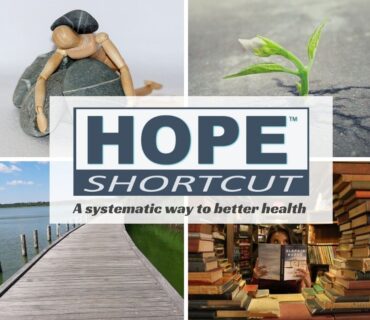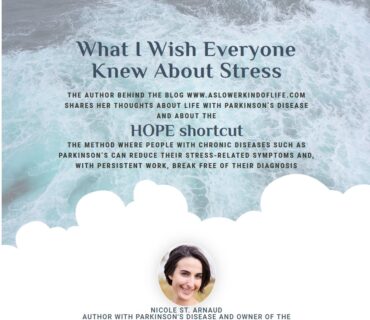ONLINE COURSE REVIEW: HOPE-SHORTCUT
The author behind the blog http://www.outthinkingparkinsons.com/ shares his thoughts about HOPEshortcut online course
HOPE shortcut
The method where people with chronic diseases such as Parkinson’s can reduce their stress-related symptoms and, with persistent work, break free of their diagnosis

- Review of HOPEshortcut online course
- Background: How this review was born
Review of HOPEshortcut online course
The course provides the evidence that PD and many other diseases are significantly affected by stress and trauma, and instead of focusing on “curing” the disease, helps people to reduce any stress in their life, and explains how taking this biological perspective, one can do a lot to minimize symptoms. It is the pragmatic outcome of five years of collected knowledge about people worldwide improve their health, combined with the knowledge of Lilian’s theory about diseases.
In short, I feel that the material presented in the course is not only unique and extraordinary but also highly empowering for people with PD. Lilian has obviously put an awful lot of time and effort into it. Indeed, in total there are hours of video presentation, together with a lot of other media and supporting resources. The videos are presented in a very clear and well paced voice, easy to understand and accessible, illustrated by Lilian’s own life experiences, and anecdotes of the successes she has had already helped people with Diseases.
In addition to the videos, are daily encouragements, a vast library of everything Lilian herself studied along the way, a unique stress test to assess which state (calm, flight, fight, freeze) one tends to spend the most time in, and what to it about, and an English translation of a chapter on feelings from her book in Danish.
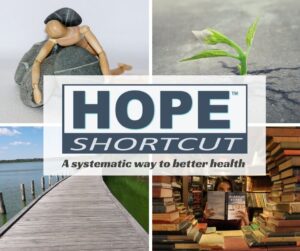
The first week is mainly about transferring all the knowledge Lilian has gained, and covers topics including Diseases and New Hope, Placebo Effect, Stress, Exercise, Physical and Mental Symptoms, Our Tribal Nature and Body Memory. The main thrust of this is to undo the damage or nocebo effect of diagnoses of degeneration and hopelessness, and to instil new hope that things do not necessarily need to get worse, and can definitely be improved. Suggested links for further investigation are provided through Lilian’s vast library of background information.
The second part stresses the importance of observing symptoms, how they can fluctuate and connecting these fluctuations with lived experiences. It provides a special dairy for observing symptoms, and instructions of how to complete it.
The third part covers four main strategies that people around the world have used to heal themselves of many chronic conditions.
The fourth part provides information on the next steps and how to use the information learned during the course.
In summary, I would definitely highly recommend this course for anyone affected by PD, especially those in the earlier years or recently diagnosed. However, I would (and have) also recommend it to spouses and families with people PD, partially as this might give insight into how they can best help, but also for their own sake too, in terms of managing their own stress, and preventing the situation causing them to also become ill.
Messages from Gary to Lilian
Straight forward and common sence
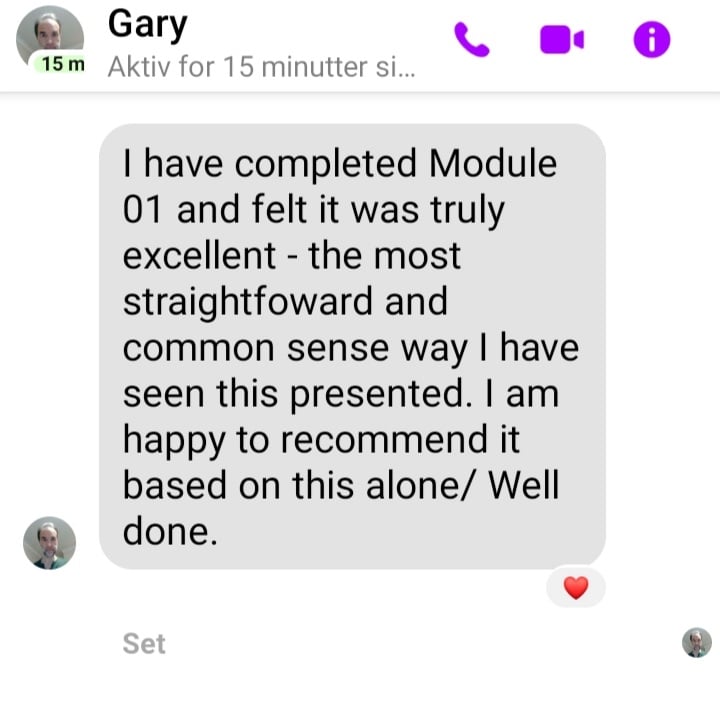
Fresh eyes
Lilian has a handful of diagnoses herself and can see that diagnoses are not random.
Her husband had a type of cancer, that hit mainly well-educated men… He is a professor in physics and survived Hodgins lymphoma
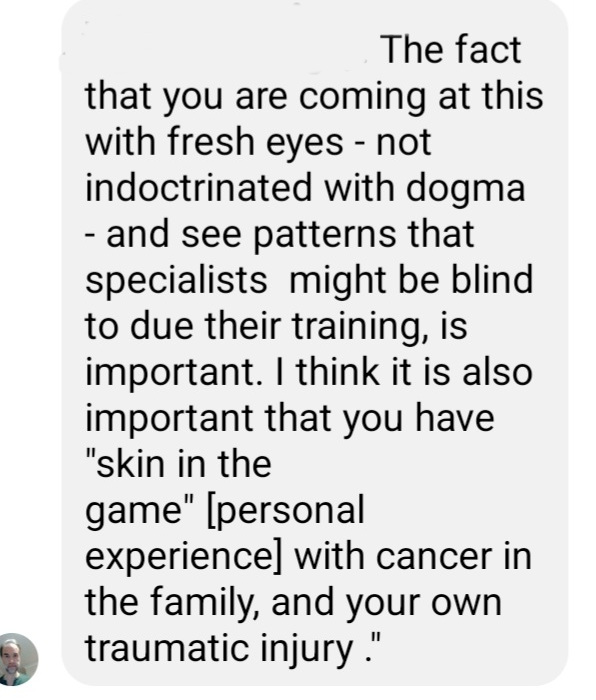
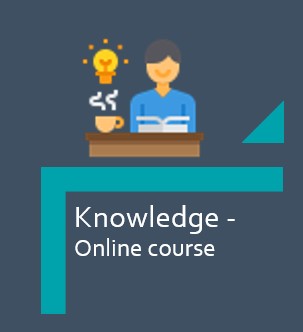
Background for this review
ONLINE COURSE REVIEW: HOPE-SHORTCUT
I first encountered Lilian Sjøberg when she began to interact in the comments section of my posts. My interest was piqued because she was one of the only other people who were saying some of the same things as myself. In particular, she had also unearthed the dopamine-adrenaline link, and hence had come to the realization that not only does chronic stress exacerbate the symptoms of Parkinson’s Disease, but can even be causal of them.
Another example was how Lilian talked about the devastating nocebo effect of diagnoses of hopelessness.
In some ways, Lilian was even way ahead of me in spotting the patterns and joining the dots. For example, she pointed out to me videos of people from WW1 with shell shock, who clearly had movements disorders not dissimilar to PD, as well as novel interpretation of the placebo effect, connecting it to the removal of stress.
Lilian is also way ahead of me in terms of turning what we have independently learned into a pragmatic therapeutic programme. While I have self-experimented and shared openly what I’ve learned along the way, Lilian developed the ideas into a strategy which she has applied to helping people with PD directly, that she calls the “HOPE-shortcut” method.
Inovative thinking
Lilian demonstrated to me how she had already helped a number of people with PD, who, with the support of her coaching, had become better. This includes a Danish man who, after going back to his neurologist subsequent to Lilian’s interventions, removed his PD diagnosis.
The starting point for Lilian’s HOPE-shortcut programme is an online course, which arms participants with the knowledge she had gained after years of study, and that also provides key practical strategies of how to get started on a recovery journey. .
When I learned that Lilian was facing having to give up on trying to help people full time, and needed to take an office job, because she had not be able to get enough people to listen the message or take up what she was offering, I was aghast. I set out to help get her message out, not least because it is essentially the same message as my own, albeit couched in much simpler and accessible terms.
For example, Lilian largely avoids talking about and getting bogged down by the complexity of brain chemistry, because, and I tend to agree with her, this is so complicated that we will probably never figure it all out, and instead focusses on the real world, lived experiences, of people with PD, connecting stressors to symptoms.
As part of this, I agreed to go through the online course part of the HOPE-shortcut program, assess it for the PD audience, make suggestions for improvement, if required, and to then write an honest review, which is below.
Observe your symptoms
In the process of learning the HOPE shortcut you learn how to keep a diary that helps you to connect symptoms and stress in your life.
Initially the reason is to give you a new belief about the disease
Later it becomes an important tool to reduce your symptoms one by one

